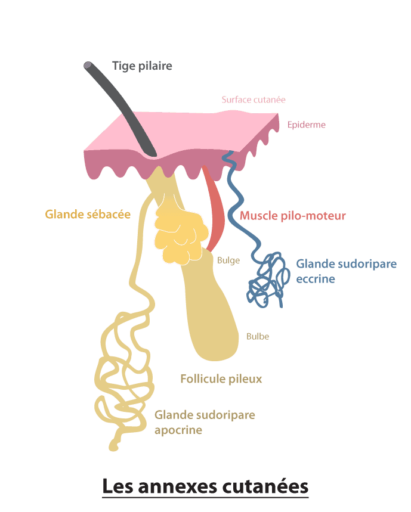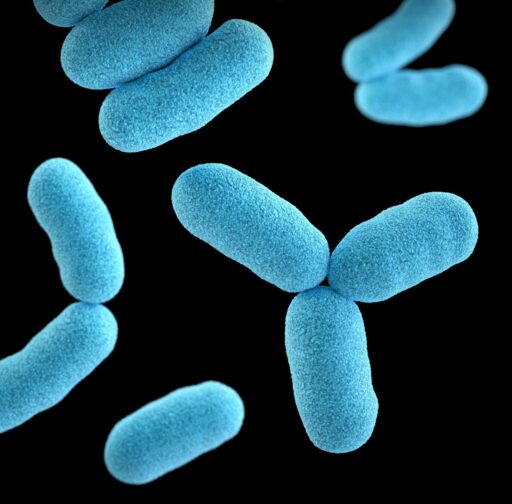Have you ever arrived at the office sweaty or wrinkled, in your shirt or jacket , after walking only 15 minutes to get to the subway?
Of course!! Because our sweating is linked to our activity and our stress level, we are as affected by this problem when leading our hectic city lives as when we exercise. The challenge is to remain presentable in front of our clients or our team!
How should you dress to avoid sweating and stay stylish? What fabrics should you use? We're tackling the topic today to avoid shirts that stick to your skin in the future!
Why sweat? and how do we sweat?
Sweating is the body's chosen instrument to regulate its temperature around 37°C. Thus, following physical exertion, exposure to heat or even a stressful situation (the body then anticipates the increase in temperature linked to fight or flight!), a natural mechanism will be put in place.
At the behest of our hypothalamus, our 3 million sweat glands embedded in the dermis will activate to trap body heat in tiny droplets and expel them through the pores of the epidermis. This evaporation will cool the body (if our clothing doesn't prevent it!) and thus lower our temperature.

Sweat glands, distributed throughout the body, are most concentrated on the soles of the feet, palms of the hands, forehead, armpits, and torso. This is why we sweat more in these areas.
They are of two types.
First, the eccrine glands , the most numerous. They evacuate an average of 0.8 liters of perspiration per day through the pores of the skin. The evacuated liquid is made up of 99% water and mineral salts.
Apocrine glands are located under the armpits and around the pubic area. They are attached to a hair, not a pore. They eliminate a few milliliters per day of a more viscous fluid (it includes sebum), rich in proteins and even pheromones.
Sweat has no smell! But the bacteria on our skin (more than 10 million staphylococci or corynebacteria in our armpits alone) feed on the proteins in the fluid from the apocrine glands...and produce smelly waste when they decompose! Obviously, hair, folds, and poorly ventilated environments will accentuate this unfavorable environment.

Recently, a team of researchers from Oxford University even discovered that this "waste," which is very light and therefore highly volatile, travels. It is carried by our natural vapors thanks to a protein produced by our own perspiration. The article is available here.
In summary, this is a very well- made educational film by the hospitals of Geneva.




